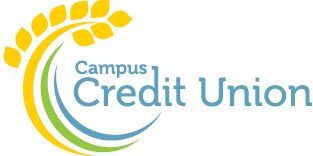It’s now easier than ever to monitor your checking and savings accounts. Want to know if a check has cleared? Just log in from your phone. Wondering if your loan payment was made? You can find that out anytime, day or night, on your smartphone, tablet, or pc.
However, you still have to log into home banking. Some days life is just too busy. Kids, Facebook, Twitter, Instagram and that email you just got from the doctor, life can make it hard to do something as tedious as checking your account balances. It’s during busy times in life that financial surprises may occur, but there’s a way to prevent them – Alerts.
With eAlerts, you can receive a text or email that will notify you of activity in your account that you want to monitor but may forget to do so. Here are three “must-have” alerts everyone should set up.
- Get alerted when a withdrawal hits your account.
Many of us set up payments to automatically deduct from our monthly bills like utilities, cable TV, and loan payments. Arranging automatic payments is an excellent money management habit, but one that can cause problems if not monitored properly. You may be careful about tracking your checking account balance, but if you forget to account for automatic payments, you may end up thinking you have more funds available than you really do. It’s easy to miss automatic payments unless you are checking your account activity every day.
To prevent possible overdraft situations, set up an account alert to remind you every time a withdrawal hits your account. That email or text may be just the reminder you need to account for the deduction in your records.
- Know when your account balance is getting low.
Alerts that notify you when your account has reached a certain balance threshold can be very useful in helping you avoid overdrafts. Just pick a dollar amount that you don’t want your account to fall below – perhaps something like $100 – and you will get a notification every time your balance falls below that amount. Then you will know it may be time to transfer funds from another account, make a deposit, or cut back on spending.
- Know when a large deposit is made.
Waiting for your direct deposit payroll can be a drag. You know it’s coming on Friday. But you don’t know when. Alerts can also notify you when your account has had a deposit. When the deposit is made, a text or email is sent. Day or night, when it happens, you get notified.
Sounds great, right? But how do you set up alerts?
Most online banking systems have alert capability. At Campus CU, you can set up your alerts in Online Banking from your desktop or laptop. For first-time users: Login and select Settings. From there, click on edit email. Choose the box next to EALERTS. You can choose to get electronic statements from here as well. Choose email or text for security contact. Continue to follow the screens and click Submit.
For returning users or first-time users after setting up access to Alerts, choose Login and select the eAlerts menu tab. From there, you can select “Alerts” to get to the screen that helps you set up new alerts. Just hit the “Add New” button to get started.
